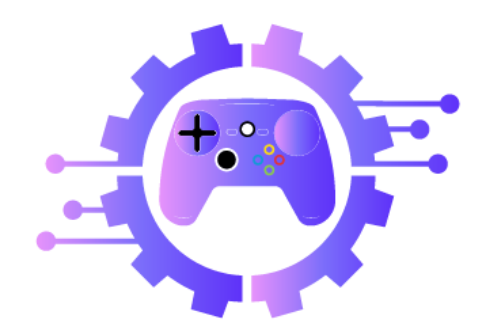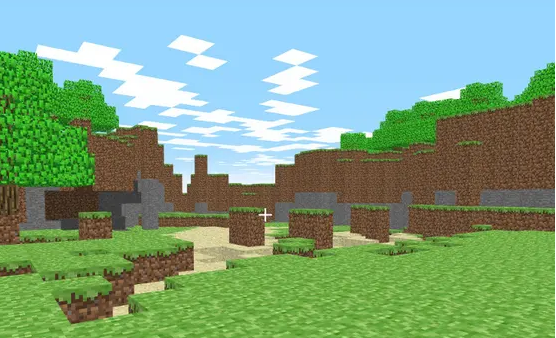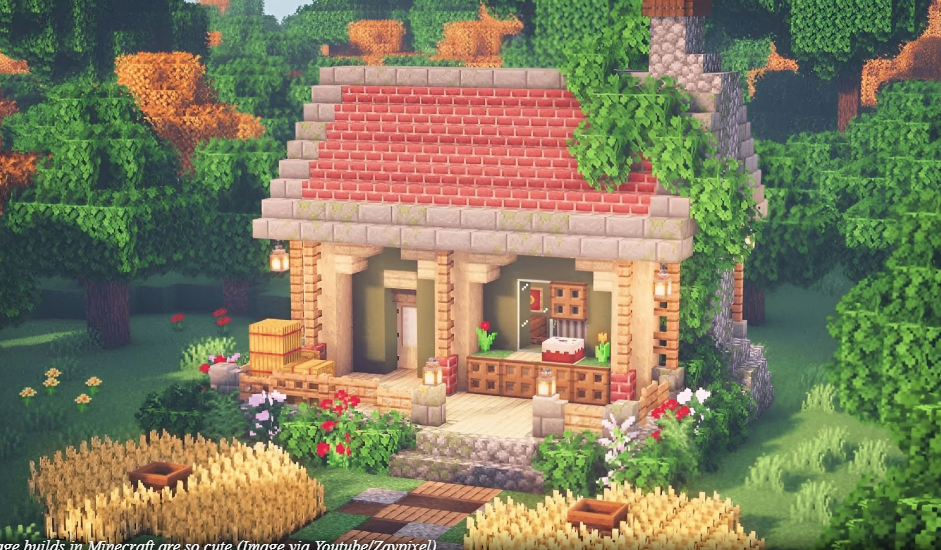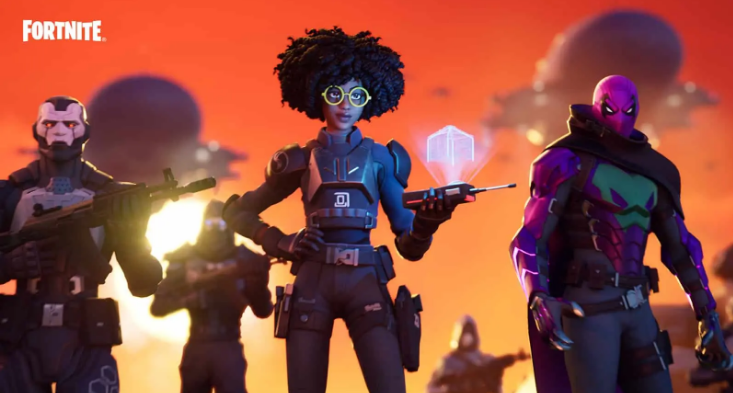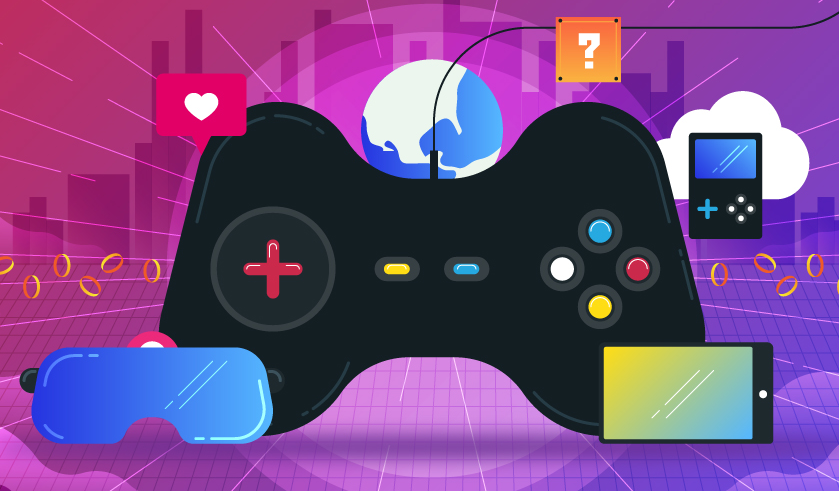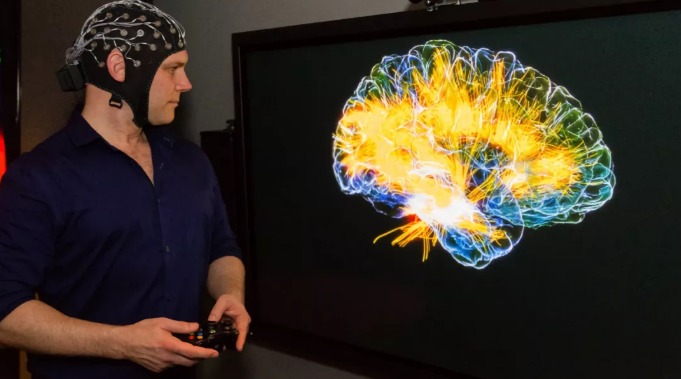There is an old Xbox 360 hidden somewhere in my attic that I will never throw away. A Minecraft storage file on his hard drive contains the first house my eldest son ever built in the game. He was seven years old, and since he came from a boy on the autism spectrum with a limited vocabulary and no patience for drawing and painting, his creation was a revelation. Sure, it’s a monstrous carbuncle, a mess of wooden boards, cobblestones, and dirt. But it’s also the grandest building I’ve ever seen.
Now Minecraft is 10. The construction and exploration game, originally developed by a programmer, Markus Persson, in his spare time, has now sold 176 million copies on 21 platforms. A free version launched in China through a partnership with NetEase has been downloaded 200 million times. Every month, 90 million people around the world play Minecraft. There are Minecraft clothes, Lego sets, and spin-off games. There will be a live-action Minecraft movie in the spring of 2022.
But this is not just a story about sales. “Minecraft is personal,” says Lydia Winters, brand director at Mojang, the Swedish studio behind the game. “It has become part of the identity of the players.” Lydia started as a Minecraft YouTuber and made videos about the game at a difficult time. Her marriage was over, and she had moved; she was helpless. “Minecraft has such a sense of community. I would get into a game with another player I had met online and we would just see where the day took us. We would jump on a server and run. Each experience was unique and individual, [filled with] the limitless potential of what we could do together. It was huge for me.”
There are many ways in which the game has had a profound impact. Early on, Persson decided to release the game in an unfinished “alpha” state so people could try it out and give him feedback. He calculated the download but clarified that everyone who bought it would receive the finished version for free. Very quickly, thousands played, and the money allowed him to leave his job, start Mojang and hire a team, while the feedback allowed them to come up with a better game.
In this way, Minecraft effectively invented the “early Access” model, which has now been adopted by a large number of independent game developers in order to reduce uncertainty during development. Instead of working on a fancy game for two years, then releasing it and crossing their fingers, the studios will now release it as soon as possible, inviting players to become part of some kind of expanded developer community. Minecraft has changed the entire structure and economic model of the gaming industry.
It has also changed the structure of the gaming experience. In Minecraft, you don’t win or lose. It presents you with a blocky world that you can explore freely. You cut down trees and build a house, you look for materials, you can build a sword and fight zombies, but the fun – the reward structure – is all external: it’s about exploring your own creativity, making your own rules, hanging out. There were other open simulation games – The Sims, of course, but also narrower influences on Persson, such as Infiniminer. But there was something about Minecraft – perhaps its picturesque graphics, its mix of exploration and creativity, its cooperative multiplayer functionality – that made it special. That made it personal.
Minecraft has also become a focal point of the emerging YouTuber community. The concept of the Let’s Play video, where fans filmed themselves playing a game and then shared it online, was still in its infancy in the early 2010s, and many considered Minecraft the perfect theme thanks to its inherent humor, funny blocky creatures, and open structure. YouTube gamers and moderators had a lot of space to express themselves and explore unique ideas in the game. Some of the biggest YouTubers in the world, such as StampyCat, Amy Lee, and DanTDM, built their multi-million-strong fan bases by playing around in Minecraft.
The game has made other important contributions in the last decade. Early on, Persson and Mojang were relaxed with their code and allowed the fans to modify the graphics and rulesets and then distribute their versions worldwide. In 2015, Mojang collaborated with the Hour of Code campaign, which was supposed to teach children to code. The company created a Minecraft Hour of Code tutorial to teach game fans some basic programming elements. Through the Minecraft Education Edition, hundreds of schools worldwide are now using the game to teach everything from physics to theater studies, proving that video games have a place in the classroom.
For me, the social aspect is the most important. Although you can play little competitive Minecraft minigames, the main experience is collaboration. You can enter a world with friends and build and explore together. For many children – especially non–neurotypical children or shy or awkward or lonely ones – it was a godsend, a way to make meaningful friendships without having to cope with or understand many of the intricacies of physical contact.
How valuable is this? Where should I even start? After writing a novel in which Minecraft is the main component, I have spent the last two years talking about autism and Minecraft, and the power of video games at festivals, conferences, bookstores, and libraries. Whenever I talk, I talk to people afterward, and I always see a parent standing next to a slightly shy child somewhere in the little queue, and they both look kind of worried or hesitant and don’t know exactly what to say.
But then they will tell me their story. Their son or daughter barely spoke, struggled at school, and had no friends – and oh God, I saw the worry, worry, and grief every time they talked to me. But then her child started playing Minecraft. Often this is a problem at the beginning because the parents are not always gamers, but the next thing everyone knows is that the child has friends, they are assembling Hogwarts, they are chatting, and they are confident. You have ideas and plans. I’ve heard it dozens of times, all over the world, from Brussels to Dubai, and it never gets old: this game has changed our lives.
I sometimes struggle to keep it together when I’m sitting there, nodding and smiling approvingly. Because in the back of my mind, this old Xbox 360 is in the attic, and what lives on it and what it means. My kid built the house when we weren’t sure if he would ever draw, paint, or do anything, and the goddamn sunlight of it, the beauty of it. Relief.
So forget about the sales figures, the revolutionary industry practices, and the “brand extensions.” Ten years of Minecraft were 10 years when people found a place to be creative, expressive, and social, where they felt safe and welcome, and 10 years when parents like me watched, stuck together, and finally thought. Finally.
Read More: FORTNITE CREATIVE V23.10 UPDATE
